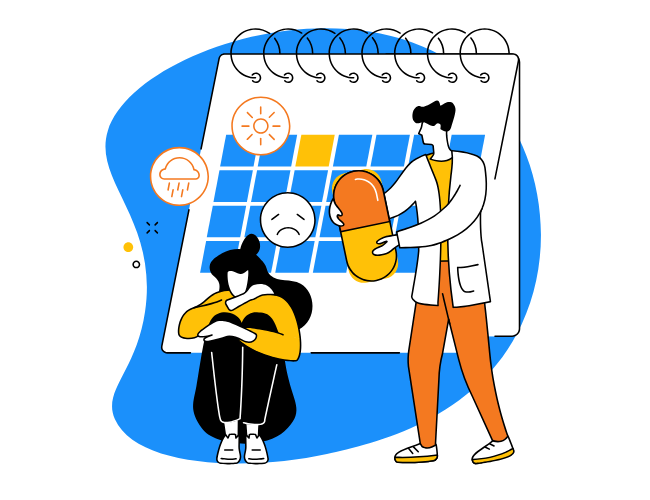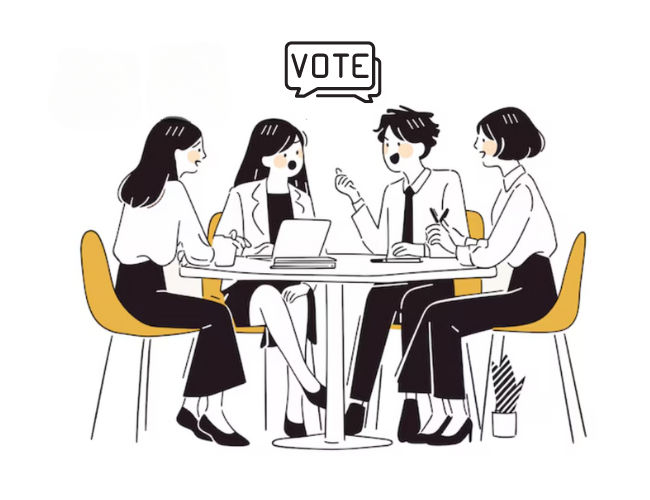World Mental Health Day is a global event that is recognized each year on October 10th. It was originally declared by the World Federation for Mental Health in 1992 as part of a global advocacy and awareness program. Today, nearly one in seven people live with a mental health disorder, according to the World Health Organization. However, in the workplace, many individuals feel their mental health needs are not being met.
According to the National Alliance on Mental Illness, more than nine in ten employees say mental health benefits are as important to workplace culture as health insurance, but only about half know how to access care through their employer. And while many feel comfortable confiding in a colleague, only 39% feel safe raising concerns with HR and even less would do so with leadership, highlighting that mental health stigma still persists at work.
There are many different ways to address mental health concerns in the workplace, but a great way to start is by acknowledging World Mental Health Day to raise awareness and show support for one another. Below are five tips to help educate employees and create a safer work environment for team members who may be struggling with mental health issues.
1. Be Willing to Talk about Mental Health with Employees
Mental health is a vital part of overall well-being, and many employees face challenges that aren’t always visible at work. Checking in with team members and letting them know they’re not alone can make a meaningful difference.
Some employees may hesitate to share concerns out of fear of stigma or judgment, which is why leaders play such a critical role in normalization. By appropriately modeling vulnerability, asking how employees are really doing, and reinforcing that asking for help is a sign of strength, leaders can normalize conversations around mental health. While it’s not always obvious when someone is struggling, creating an environment of open communication builds trust, reduces stigma, and makes difficult conversations easier.
World Mental Health Day is an opportunity to start these conversations or put check-ins on employee calendars, reinforcing that open communication and employee support are organizational priorities.
2. Educate Employees on Available Resources
Educating employees on mental health resources is an important part of being an effective manager and building more resilient teams. Whether it’s encouraging employees to take mental health days during stressful seasons or reminding them about Employee Assistance Programs, helping people navigate their benefits can make support more accessible and empower employees to prioritize their well-being.
For World Mental Health Day, organizations can send out a company-wide communication that lists and links to all available resources or launch a digital mental health hub, bringing resources top of mind and encouraging greater engagement.
3. Host a Mental Health Event
Hosting events focused on mental health helps people feel safe talking about their struggles and provides opportunities for people to learn how to manage them. Whether it’s a lunch-n-learn on recognizing the signs of burnout or a workshop on mindfulness and resilience, interactive, educational sessions can reduce stigma and equip teams with strategies they can use every day to support their own well-being and one another. These events are timely during global observances, but should extend throughout the year to show continual support.
4. Encourage Employees to Schedule Daily Mental Health Breaks
It can be easy to blur the boundaries between work and life, especially in hybrid or remote work environments, but research demonstrates that taking mental breaks is helpful for both performance and mental health. Managers can encourage team members to schedule breaks throughout their day and set the example by blocking daily breaks on their own calendars to make employees feel more comfortable engaging in this practice.
To encourage it further, use World Mental Health Day as an opportunity to normalize taking meaningful breaks. Organizations can send a company-wide calendar invite and provide suggestions for how to utilize the time: go on a walk, meditate, exercise, get outside, or engage in your favorite self-care practice.
5. Offer Employees a Paid Mental Health Day
Employees may believe they don’t have the time take a mental health day or that it might be looked down upon. To honor mental health and personal time, organizations can provide staff with a day for themselves by establishing a company-wide shutdown day (e.g., on October 10th) or offering a set amount of hours that people can take throughout the year.
Some organizations include mental health days in sick time off, however, setting it apart can remove negative connotations and frame it as a positive way to rest and return to work more focused.
Conclusion
Mental health issues affect many employees today, making prioritizing mental well-being at work essential for building stronger, healthier, and more resilient teams. By taking steps like fostering open communication, educating employees on available resources, and creating space for rest and recovery, organizations can reduce stigma and show employees that their well-being truly matters. World Mental Health Day is an important reminder that when mental health is supported, both people and workplaces are set up to thrive.
This article was updated on October 2nd, 2025












